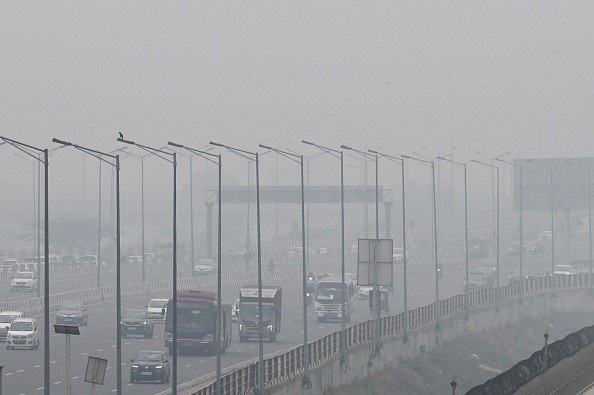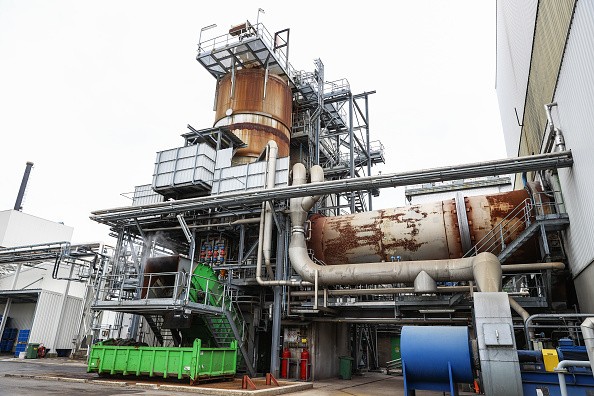According to a new study from Stockholm University, toxic PFAS "forever chemicals" in the ocean are carried from seawater to air when waves hit the beach. This phenomenon constitutes a substantial source of air pollution.

The results, published in the journal Environmental Science & Technology, also explain how PFAS get up in the atmosphere and finally precipitate. The research concluded that the pollution "may harm huge regions of interior Europe and other continents, in addition to coastal areas," after collecting samples from two Norwegian locations.
"The findings are intriguing but also alarming," said Bo Sha, a researcher and study co-author at Stockholm University.
PFAS

PFAS are a group of compounds used in various sectors to make goods resistant to water, stains, and heat. Despite their effectiveness, the substances have been associated with cancer, renal illness, birth abnormalities, reduced immunity, liver difficulties, and various other dangerous conditions.
Chemical Cycle
The study emphasizes the chemicals' mobility once they've been introduced into the environment: PFAS don't naturally degrade. Thus they travel through the ground, water, and air indefinitely, earning them the moniker "forever chemicals." They've been found in all corners of the planet, from Antarctica's penguin eggs to the Arctic's polar bears.
Between 2018 and 2020, the Stockholm study team collected aerosol samples from Andya, an Arctic island, and Birkenes, a city in southern Norway. It discovered a link between PFAS levels and sodium ions, sea spray indicators. When air bubbles burst when the waves crash, the chemicals are transferred, and the study discovered that PFAS may travel thousands of kilometers in the sky via sea spray before returning to land.
Dumping PFAS into the ocean, according to certain agencies and the chemical industry, is a suitable disposal strategy since it dilutes the material to a safe level. The system isn't safe, according to the report, because the chemicals are returned to land, which can harm drinking water supplies and cause other problems.
"The general consensus was that PFAS would ultimately wash into the seas, where they would be diluted over decades," said Matthew Salter, a co-author of the study and a researcher at Stockholm University. "However, it turns out that some of the harmful PFAS is re-emitted into the air, carried vast distances, and then deposited back onto land."
EPA Awareness

The Environmental Protection Agency (EPA) is dedicated to providing Americans with useful, clear, and actionable information about PFAS. The material presented here is designed to offer some of the critical background knowledge required to comprehend the particular steps taken by the EPA to address PFAS, as well as any developing PFAS-related occurrences.
Also Read : How Climate Misinformation Through Social Media Worsens the Battle Against Climate Change
For more news update about Environmental Action, don't forget to follow Nature World News!
© 2026 NatureWorldNews.com All rights reserved. Do not reproduce without permission.





